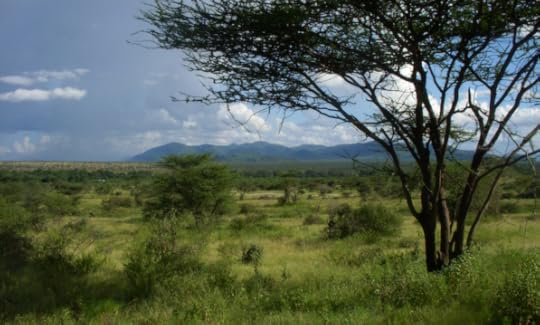 To understand how we evolved, we have to understand where we evolved. Natural selection exists because the environment is kinder to some individuals than others. Depending on the species, that environment may be a lake miles underneath Antarctic ice, an alpine meadow near the top of a mountain, or an oxygen-free swamp in the sweltering tropics. Each habitat creates its own set of conditions in which individuals thrive or die. We humans are no different. We are the product of where we have lived.
To understand how we evolved, we have to understand where we evolved. Natural selection exists because the environment is kinder to some individuals than others. Depending on the species, that environment may be a lake miles underneath Antarctic ice, an alpine meadow near the top of a mountain, or an oxygen-free swamp in the sweltering tropics. Each habitat creates its own set of conditions in which individuals thrive or die. We humans are no different. We are the product of where we have lived.
A century ago, paleontologists thought humans evolved in Central Asia. At the time the only known fossils of an ancient human relative (what we now call a hominin) came from Indonesia. The idea of humans evolving in dank rain forests did not appeal to Western scientists who lived in temperate climes. They looked to Central Asia's windswept plains. In 1926, the American paleontologist Henry Fairfield Osborn laid out this line of thinking in an essay called "Why Central Asia?"
"In that environment, the struggle for existence was severe and evoked all the inventive and resourceful faculties of man," he wrote. "While the anthropoid apes were luxuriating ...



Published on August 03, 2011 10:01
